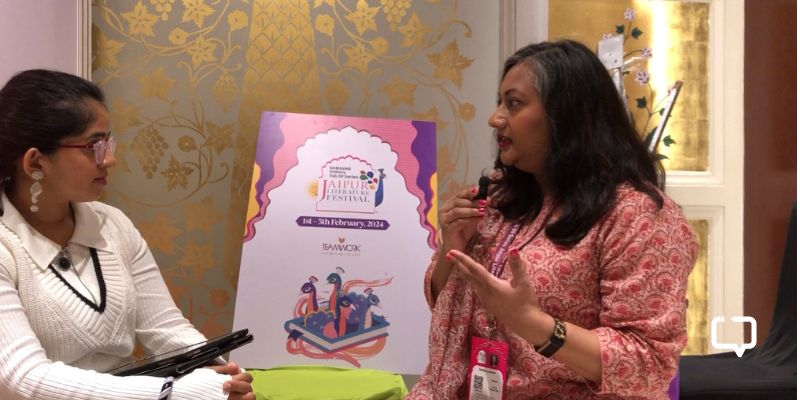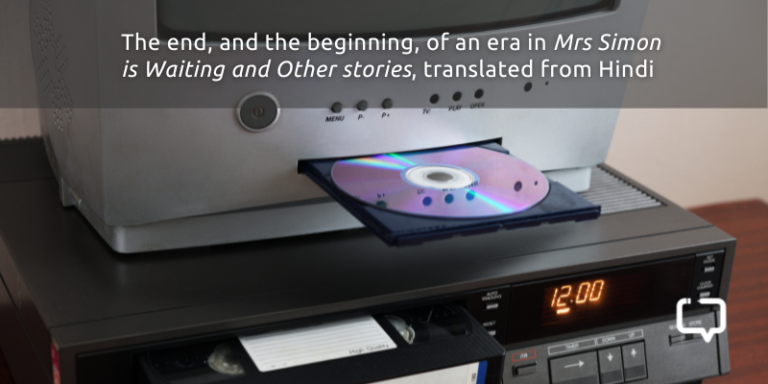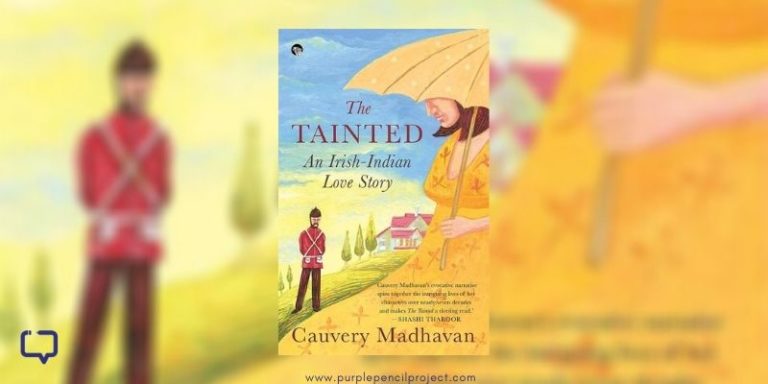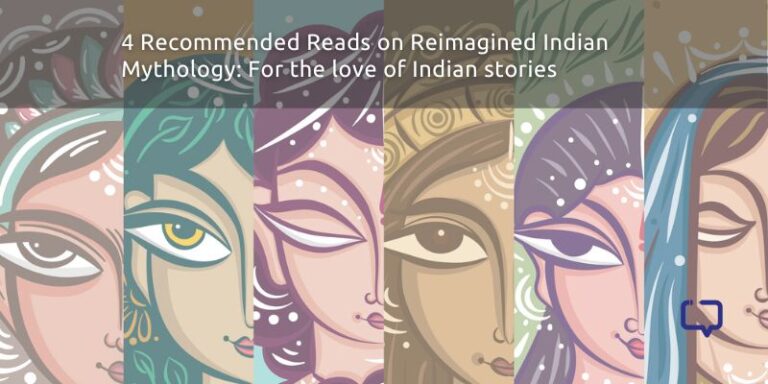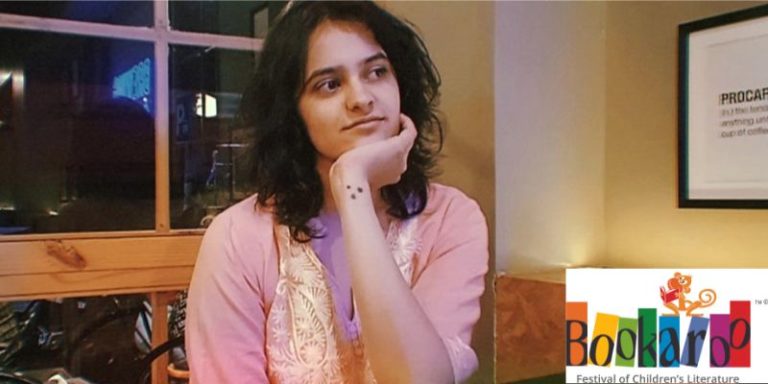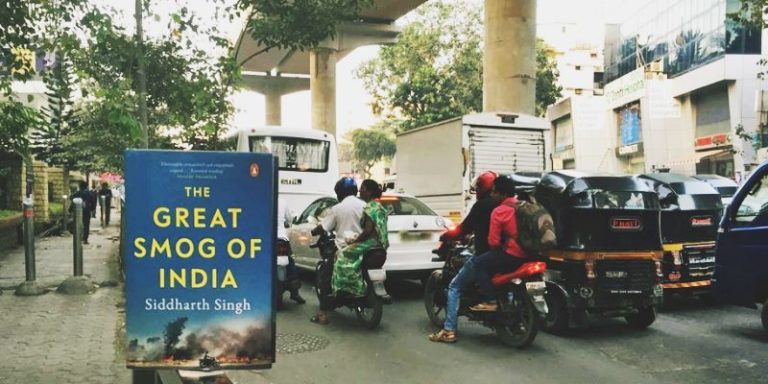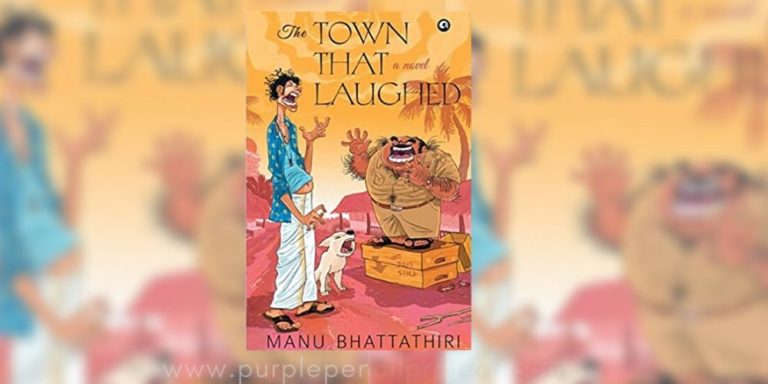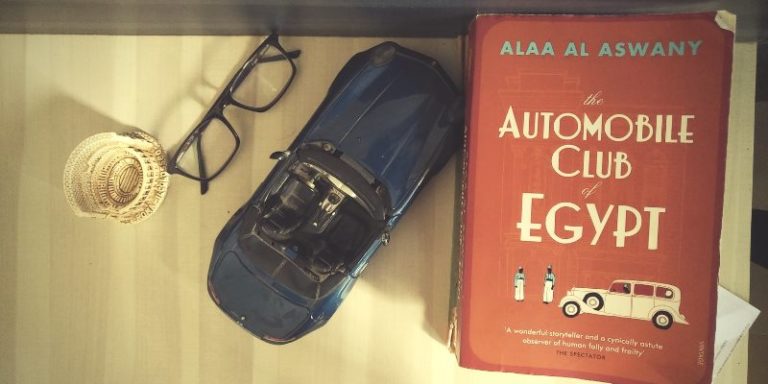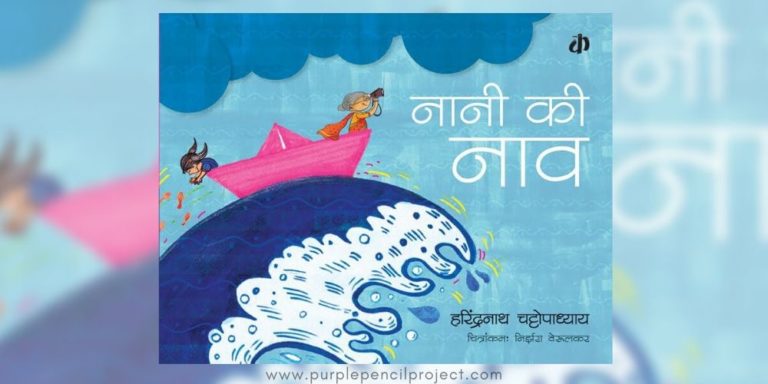Prakruti Maniar from Team P3 is in conversation with British Indian Historian Sushma Jansari at the Jaipur Literature Festival 2024
Sushma Jansari is a British Indian historian specialising in the Mauryan period and collecting histories. She is the Tabor Foundation curator of South Asia at the British Museum and a trustee of the Roald Dahl Museum and Story Centre.
Jansari is also the founder and presenter of The Wonder House podcast and a former council member and honorary joint-secretary of the Royal Numismatic Society.
Prakruti Maniar: Can you tell us about your journey with art and storytelling, your interest in the modern period and museums?
Sushma Jansari: That was not the original plan at all. I went to university to do ancient history because I’ve always loved it. I was thinking of doing the traditional Indian thing and becoming an accountant or management consultant.

I got a well-paid internship at one of the big firms over the summer and cried every night. I spoke to my parents and said, I don’t think this is me. I’m fortunate because they were completely supportive. I instead got some work experience in a local museum in Leicester, where I was born. I had the best time. It was just two weeks over the Christmas holidays, and it was exactly what I wanted. I’ve been going to museums since I was tiny. My mom always took me, so this was a familiar thing. This is where I felt at home. That’s how I ended up pursuing it.
I studied at UCL, and just down the road is the British Museum. I was fortunate that Elizabeth Errington in the coins and medals department took me on as a volunteer. I’ve learned a lot from her and the department and gradually got a job working with the South Asia collection.
Recommended Reads: The Museum of the World by Christopher Kloeble
Prakruti Maniar: There’s an array of technology on various levels, from creating a podcast to creating a public-facing academic project that involves GIS, digital maps, digital curations, and AI. How do you navigate this onslaught of technology, not just the rise, but now that it is all-pervasive? How does this affect the museum world regarding conversations about technology and cultural preservation?
Sushma Jansari: Some people think “Oh no, you shouldn’t have this much technology”. But how can you not have technology? It’s so much a part of our society. Look at us; we’re doing this interview here. You’ve got the phone, the microphone, and the iPad.
It’s more about asking what works best. I wanted to share important, interesting, and exciting projects people are working on. What’s a great way of doing this? How do you share the work of people who don’t ordinarily get an opportunity to go on TV? What can I do to facilitate this? I thought, podcast.
I had a couple of great conversations with my lovely colleague, Nick, at the British Museum in Paris. He was my editor. He helped me through it because I knew nothing about making a podcast. The medium works well for having fantastic conversations and sharing them with anyone interested. I don’t like the paid-for barrier. The first book I published was open access; anyone can download it for free. The same goes for the podcast. I work in the public museum, which is free to access.
Additionally, when you look at objects, there is a danger that you get too far away from objects. One of the most important and exciting things about objects is that they were made by people, for people. They are tactile. If you look at devotional images, you see the faces worn. Why? Because they’ve been worn away due to veneration. Unless you’re familiar with that concept, you might think, oh no, that’s worn. When I see the images, I think about how many hands have touched this devotional object in veneration over millennia. What are the stories there that we can tell? Digital can help do that.

When you’re in a museum, you want the curators to tell you about everything. It’s impractical. I can’t spend my entire day sitting or standing in the gallery. I’ve got so many other things to do, and I also need to go home. How do we use digital tools to enhance this experience so that people can understand the narratives, the stories, and their relevance to them? How do we do that? Many of us in the museum sector are looking at that.
Prakruti Maniar: What projects are you currently working on?
Sushma Jansari: I’m involved in a project called Sloan Lab. It’s about the collections of Hans Sloan, the founding collections of the National British Museum, the British Library, and the Natural History Museum.
You can watch this interview with Sushma Jansari and more interviews from the Jaipur Literature Festival 2024 on our YouTube Channel- The Purple Corner.

As part of our effort to compensate our writers better, we at Purple Pencil Project have launched the #PayTheWriter initiative, where readers can directly show support and appreciation for our wonderful team.
Scan or upload this image on your UPI app, and show them the love 😀







